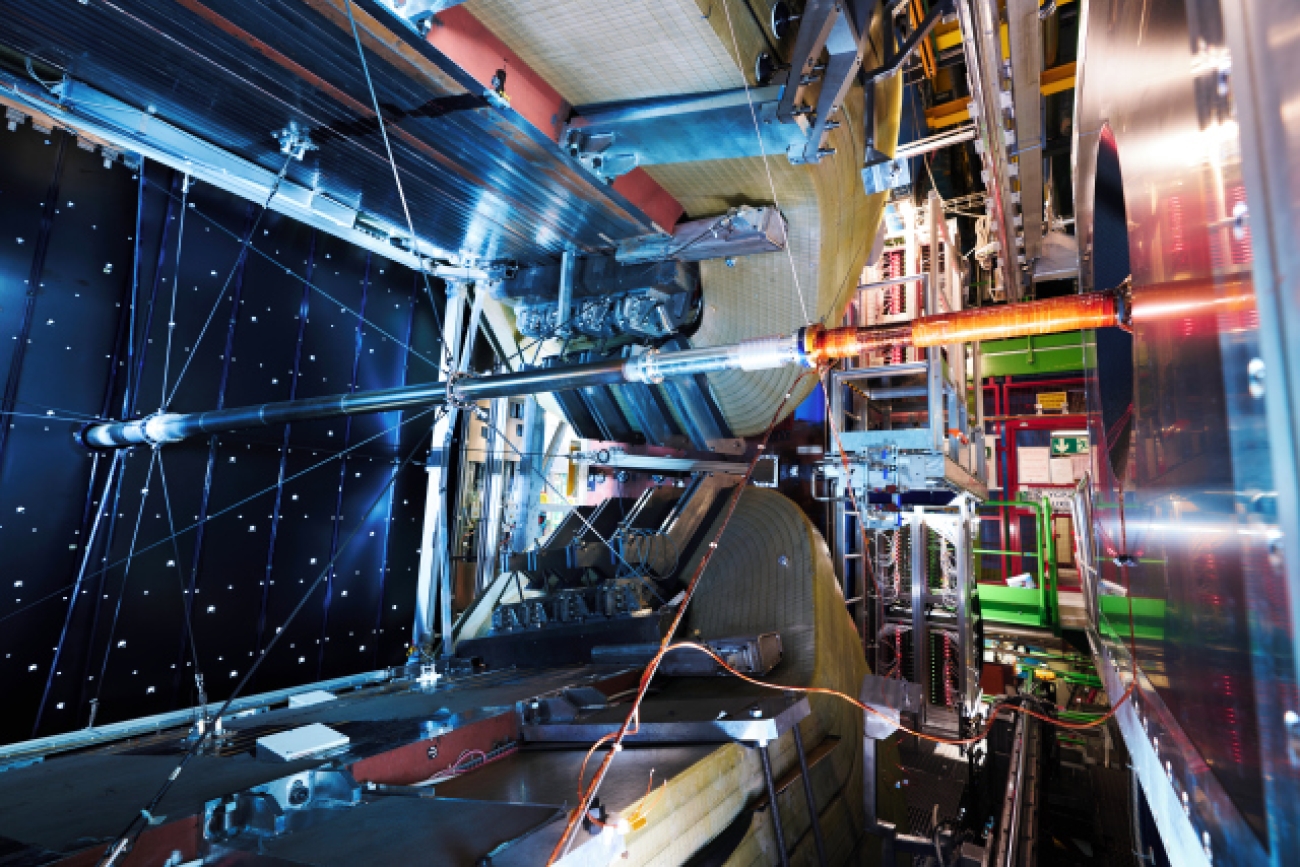Over the past few decades, the pursuit of understanding the asymmetry between matter and antimatter in the universe has taken center stage in high-energy physics. The recent confirmation of direct CP violation in baryons marks a significant advancement in this area, suggesting that the roots of the universe’s proclivity towards matter may lie deeper than previously contemplated. This article delves into the breakthrough reported at CERN, elucidating the implications of direct CP violation, the experimental methodologies employed, and the ramifications for our understanding of fundamental physics.
1. Understanding CP Violation
Charge Parity (CP) violation refers to the phenomenon where the laws of physics change when particles are replaced by their antiparticles and spatial coordinates are inverted. Predicted by the Kobayashi-Maskawa matrix in the 1970s, this asymmetry is pivotal to explaining why the observable universe is dominated by matter over antimatter. Until recently, much of the focus on CP violation revolved around mesons, particularly kaons and B mesons. The confirmation of direct CP violation in baryons, however, opens a new chapter in this field.
2. The Historical Context
The journey to this landmark discovery has its origins in the mundane balancing acts of particle interactions. In 1964, the ground was laid when M. Kobayashi and T. Maskawa proposed a mechanism for CP violation contingent on the existence of three quark families. This theory was initially met with skepticism; yet extensive experiments over the decades validated that CP violation exists within the confines of weak interactions. The transition from mesons to baryons is the latest, and most intriguing, evolution in this narrative.
3. The Baryon Quest
Baryons, which include protons and neutrons, are composed of three quarks, differing from mesons, which comprise a quark and an antiquark pair. The confirmed observation of direct CP violation in baryons such as the Λb and Ξb was based on precise measurements and analyses made by the LHCb experiment at CERN. This achievement not only sustained the predictions made by the Standard Model but offered an alluring thread that connects theoretical frameworks with empirical evidence.
4. Methodological Framework of the Experiment
The LHCb experiment at CERN employs a sophisticated array of tools for meson and baryon state studies. High-energy proton collisions create an ideal environment for particle formation, allowing researchers to analyze the decay patterns and behaviors of various baryons. The detection mechanisms integrate advanced tracking systems, calorimeters, and particle identification detectors to capture a wide range of decay events. Specific decay channels were scrutinized, following which statistical analyses were conducted to evaluate any deviation from expected rates, a hallmark signature of CP violation.
5. The Findings
The detailed examinations revealed distinct asymmetries in the decay rates of baryons. For instance, the Ξb baryon decays exhibited a preference for certain decay pathways, which translates to the manifestation of CP violation. Such differences, albeit subtle, signify that nature is inherently asymmetrical. The results provided decisive confirmation of direct CP violation, a phenomenon previously verified in meson decays but never before observed in baryon decays.
6. Theoretical Implications
The implications of this research are profound. Direct CP violation in baryons could potentially serve as a key to unraveling some unsolved mysteries in cosmology, particularly the matter-antimatter imbalance. While the Standard Model provides an adequate framework for particle interactions, the existence of baryon-specific CP violation might indicate new physics beyond the Standard Model, prompting researchers to explore theoretical extensions such as supersymmetry or grand unified theories.
7. Future Directions
The confirmation of direct CP violation in baryons delineates clear pathways for future research. Upgrades to the LHC and experiments such as the proposed LHC Upgrade II, scheduled for the coming years, aim to enhance the sensitivity of measurements and deepen the understanding of baryon behavior. Furthermore, the exploration of other baryonic decays may uncover additional CP violation and solidify our grasp of the fundamental symmetries of nature.
8. Conclusion
In conclusion, the confirmation of direct CP violation in baryons by CERN’s LHCb experiment constitutes a seismic shift in the field of particle physics. This breakthrough not only enriches our comprehension of CP violation itself but also serves as a harbinger for future elucidations of cosmological enigmas. As we stand on the cusp of new discoveries, the implications resonate profoundly through the annals of physics, challenging our understanding of the very fabric of reality. The quest to comprehend the universe is far from over; indeed, it is merely gearing up for an exhilarating new chapter.












